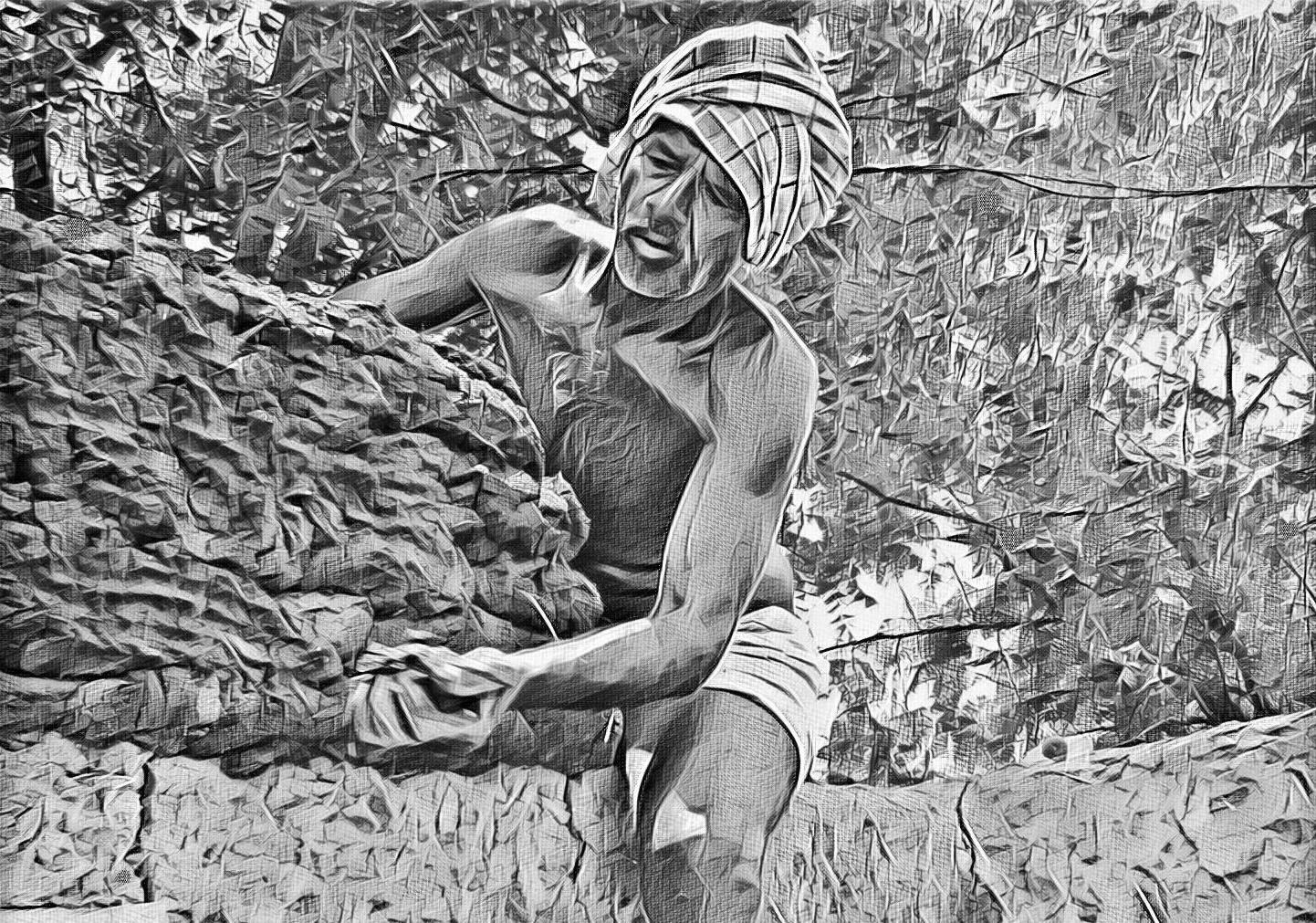I got into the basics of understanding the traditional houses and I love them.
In the villages, during my visits and stay, I observed that a house is much more to the people rather just a place to stay.
Traditionally, people used local materials for construction; necessary spaces were created for use as per the need and occupation; easy for maintenance; they had cultural and aesthetic values; living spaces meet the aspirations of people; they are the spaces created which could bring peace and enhance one’s spirituality. The natural interacting aspects, such as light, air circulation, the flow of water; temperature and relative humidity were also considered as per their limits to achieve comfort. Based on the above observations, I was giving lectures. Sometimes the architecture students and builders said that what I taught was practical and not found in their textbooks.
While developing the GEO Research centre, I was conscious to build the environment-friendly structures mostly using local materials, and reuse of materials. The thumb rule was that they should be maintenance free and low-cost. I have constructed one room with Pati-Matti as in villages many houses were built in the past. Pati Matti is the old soil or earth, procured from the place where once a village existed. It is the remnant soil of a degraded or disintegrated village which existed in the past. It had all the pieces of evidence of the people living there such as pottery shards, pieces of charcoal, bones, broken glass bangles and pieces of bottles, slag, shells, etc. This soil is resistant to erosion and had outstanding compactness and strength.
The challenge was to identify the person who could construct the house. I came to know that in this village, about 30 years back the last house was built with mud walls. I found one old person in the village who had some experience of constructing the mud-walls when he was young. I requested him to guide the labour in preparation of the material and support in the construction of the house with mud. To get the Pati-Matti, I searched the fields near a 500 years old temple around which there was a village in the past. Now it is a field. I found all the pieces of evidence of the village in the soil. I requested the farmer to give me the soil from his field. He agreed, and I collected the soil and brought it to the Geo-Research Center.
The construction of the mud-walls happens in phases. One cannot construct as much as one wants in a day as it is done with the bricks. Only 2 to 3 feet height wall can be constructed in a day. Then it should dry completely for adding another layer of few more feet wall over it. To reach a height of 15 feet, it took more than a one-month time.
First, the Pati-Matti is soaked in water and pressed with legs to create a good clay. The balls of clay are prepared and passed on to the person sitting and constructing the wall. The mud ball is pressed to form layers of the wall. Even the smoothening is done by bare hands and fingers. The markings of the fingers moved on the wet wall adds to the texture of the wall. Traditionally the streets in the villages are designed to be narrow, to prevent the erosion of walls from rain, wind and diurnal temperature variation. Plastering was done inside the room with Dubba-Matti (a fine soil). The Sil-koyya (sticks for hanging) things, a shelf with doors and two windows were made in the traditional way. The two-winged door is also very traditional.
I love the earthen structures because it is like living in the womb of Mother Earth. They cause less impact on the environment as the embodied energy is very low. It is always locally available and accessible. Even a poor person, can build a house like a bird can build its nest when it is needed. One could start construction of a house without big plans of procuring or importing the exotic materials from elsewhere. Very fewer tools are used in this construction. The bare hands and legs are mostly used for preparing the material. There is no need to depend on outside experts for the construction.
I observed how the tribals construct and maintain their houses with great love. As they are constructed by themselves, the houses reflect their aspirations, needs and aesthetics. They have great love and pride in living in the space, that they made into a home. With maintenance, they always looked new and with the floral and animals designs/drawings on the walls which bring their life world to live with them. They know that space belongs to all and they are only occupying for sometime in space and time. Everything should disintegrate and one day would be part of the same soil where one would rest after death.

Yellaiah immersed in the construction of mud wall of my house




